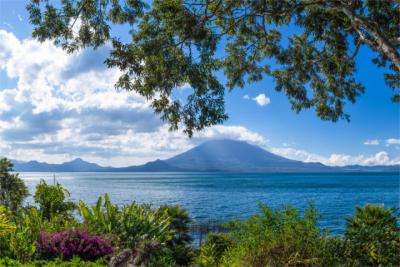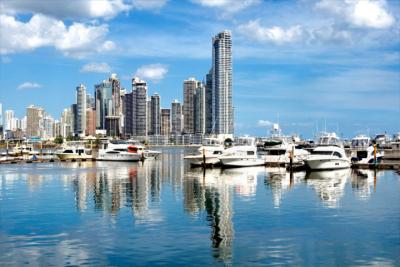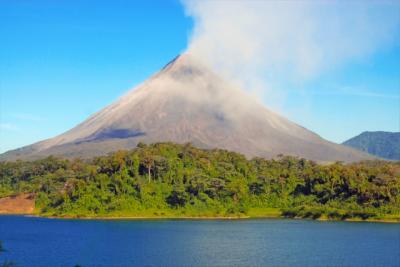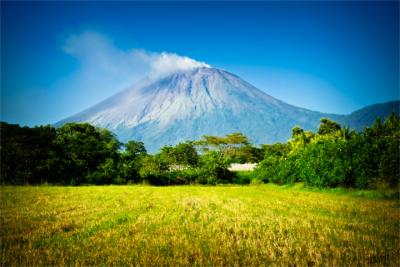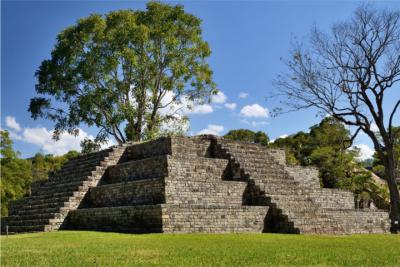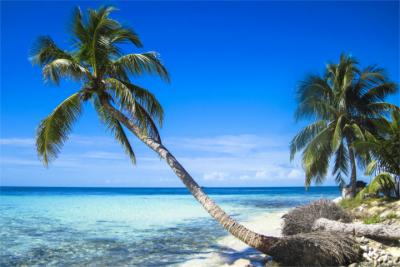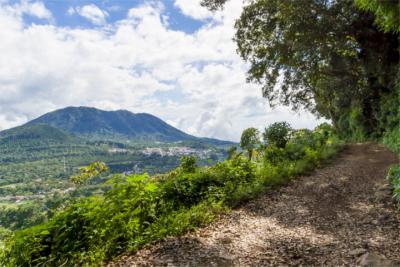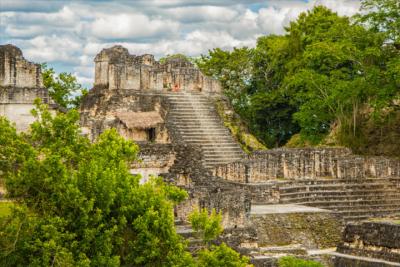Travel Offers
Travelmyne Featureprint
Distance
Central America - Land Bridge with Latin Charm
Seven countries, one history. Central America's past is present in its inhabitants' vivacious character. Those who look further at the breathtaking nature and the rich culture will soon be enchanted by this region's beauty.
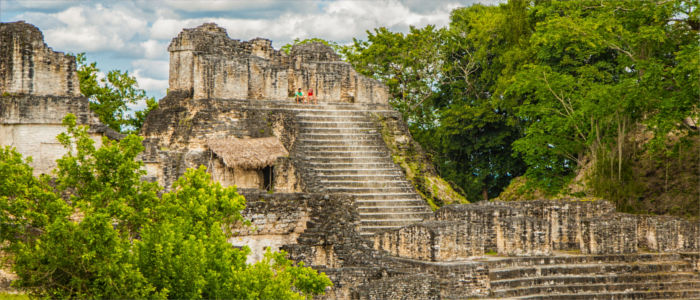
Geography - The Central American countries
The area of Central America constitutes the land bridge between North and South America and is divided into the seven countries Belize, Guatemala and El Salavador as well as Honduras, Nicaragua, Costa Rica and Panama. The area is bordered by the Pacific Ocean in the south-east and by the Caribbean in the north-west. Geologically speaking, the majority of the region is located on the Caribbean plate, along with the Greater and the Lesser Antilles. The minor part is situated on the North American plate. Almost all of Central America is crossed by the Cordilleras. The geologically and geographically special position is apparent in the abundance of volcanic peaks. Many of the volcanic craters are still active and regularly cause impressive natural spectacles. The warm humid tropical climate is accompanied by regular rainy and dry periods, which should be taken into account when planning a journey into this region.

Nature - North America's "green lung"
Central America presents its visitors with a true natural paradise. A number of the countries' parts have been declared conservation areas and national parks. For istance, 30 percent of Costa Rica's total area are protected. Central America's vegetation alternates between straggling mangrove forests, tropical jungles, sandy coastal beaches and foggy volcanic plateaus. Many rainforest areas had to make room for banana, coffee and cocoa plantations but appreciation of indigenous vegetation is increasing. The many volcanoes which are still active are accompanied by more natural spectacles, which can hardly be observed anywhere else in the world, such as the spouting geysers or the hot thermal springs you find all over the region. The regional fauna is another highlight. Besides great sea turtles, colourful parrots and lively groups of monkeys, the coati and the pelican are typical animal species. Pantherine cats like the puma or jaguar feel comfortable in the thick rainforests

Culture - From the Maya site to the banking metropolis
Historically speaking, Central America is a self-developed cultural region. Advanced civilisations like the Maya first created their empire in this region. The individual countries' turbulent history has tarnished the region for a long time but now more and more travellers discover its gigantic tourist potential. To the present day, several Native American cultures have been preserved such as the Kuna of the San Blas islands in Panama. The majority of the indigenous population, however, has mixed with the European immigrants and the former African slaves. About 45 million people live in the Central America of today and look back on the treasures and sanctuaries which the Mayas left behind thousands of years ago. The region's biggest city is Guatemala City with a population of over 3 million people. The economically most prominent city is Panamas's capital. Panama City is in fact one of the most important banking metropolises on earth, more than 140 international banks are based there.
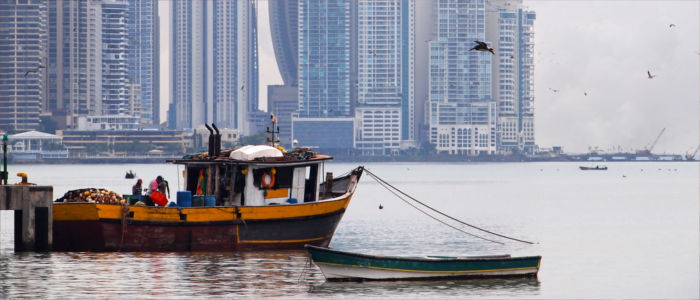
Experience - Surfing, river rafting and hiking in the jungle
Especially the Pacific coast constitutes a Mecca for surfers from all over the world. Every year numerous water sports fans flock to El Salvador and Nicaragua to catch the highest waves. Costa Rica's national parks make birdwatchers' hearts leap for joy and people who are interested in geology can look into the deep volcanic crater gorges. Active holidaymakers get their money's worth too. River rafting, kayaking and diving courses are at the top of the list. The Pearl islands are particularly popular with snorkellers. Many a valuable South Sea pearl has not yet been recovered. Another Central American highlight are the expansive suspension bridges in the middle of the tropic rainforest, on which visitors can experience the natural beauty from above and receive an impression of the rainforest'svastness.
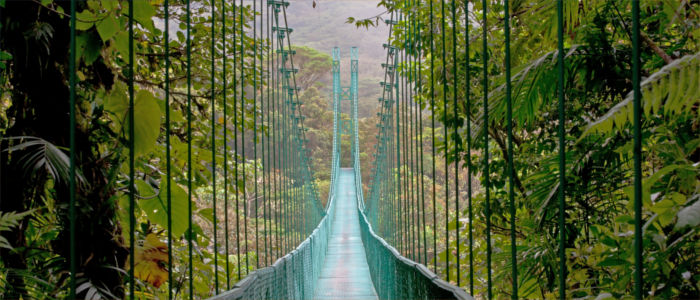
Information
Apart from different local languages, Spanish has come to be prevalent in Central America. Only in a few regions, like Belize, the official language is English. You can pay in US dollars in most tourist areas but many regions also have their own currency such as the colón in Costa Rica or the balboa in Panama. Transit passengers who arrive via the USA should note that the entry requirements of the USA apply to them.
Central America is North America's "green lung" - a natural paradise. Surfers, volcano fans and divers get their money's worth and leave room for the traveller at the beach who wants to dream and relax.

